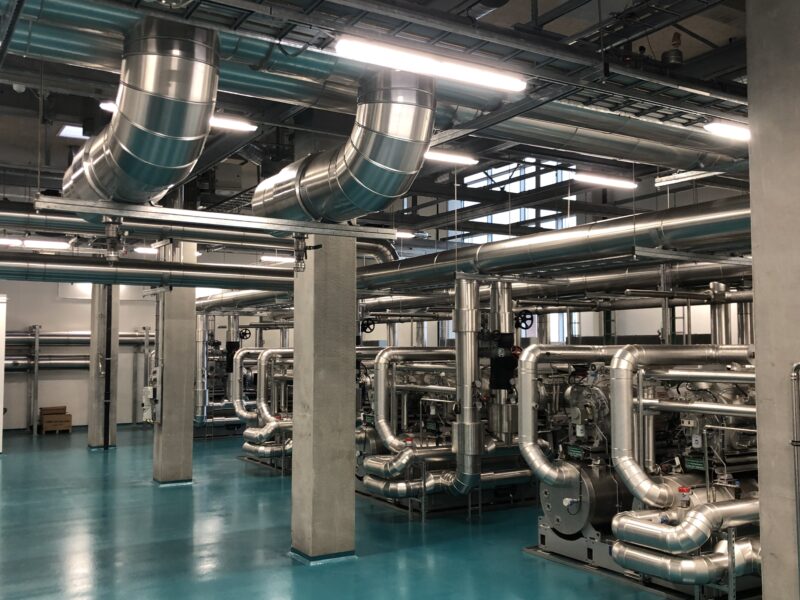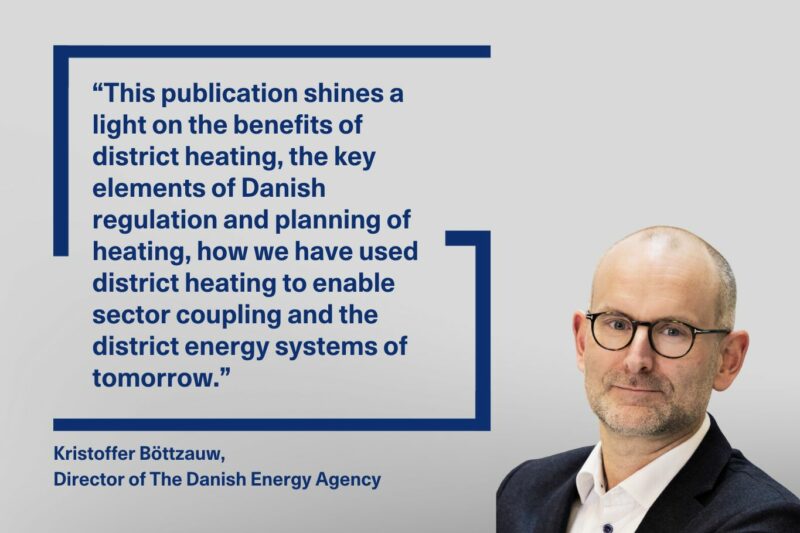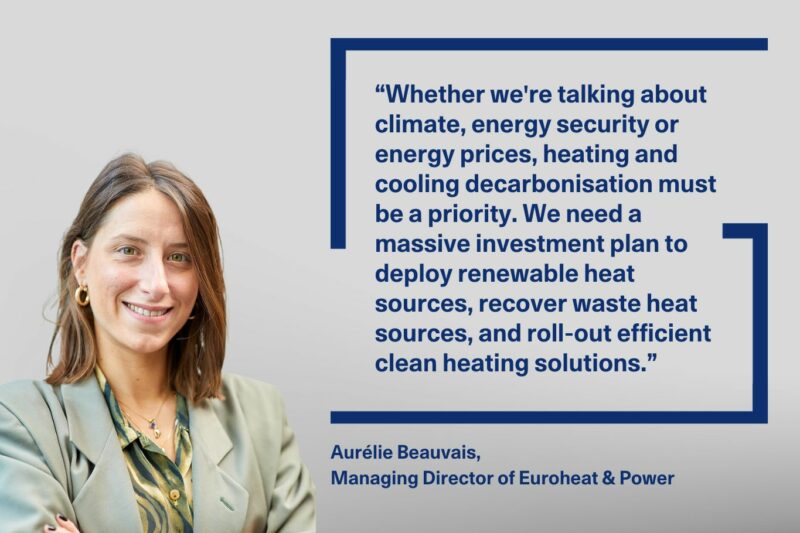Heating buildings and homes account for almost 25% of global energy consumption, and 20% of all energy-related greenhouse gas emissions.
One way to solve the challenge is by using technology and data to optimise production and save energy. Heating up the “twin transition” by ensuring that the digital tranformation and the clean energy transition works in tandem, efforts can unlock benefits for the individual sectors and our societies at large.
Denmark and the Netherlands unite to digitalise district heating
Digitalisation has the key to unlocking improved efficiency across the entire energy supply chain, from planning, and production to demand management. Sa such, digital efforts are critical enablers for emerging trends such as sector integration, smart demand response, decentralization and distributed energy. Numbers from the International Energy Agency (IEA) show that digital solutions have the potential to cut total energy use in residential and commercial buildings by 10% by 2040.
Denmark with its long-standing focus on digitalisation in the energy sector has managed to keep household energy consumption consistently low due to a historic focus on energy efficiency measures. Through developing smart thermostats, measurement technology, software for building management, and artificial intelligence, Danish lessons show that it is possible to do more with less.
Now, ensuring that these experiences are brought to play elsewhere, Denmark and the Netherlands are teaming up to exchange knowledge and help inspire the use of digital solutions in each other’s energy sectors.


















